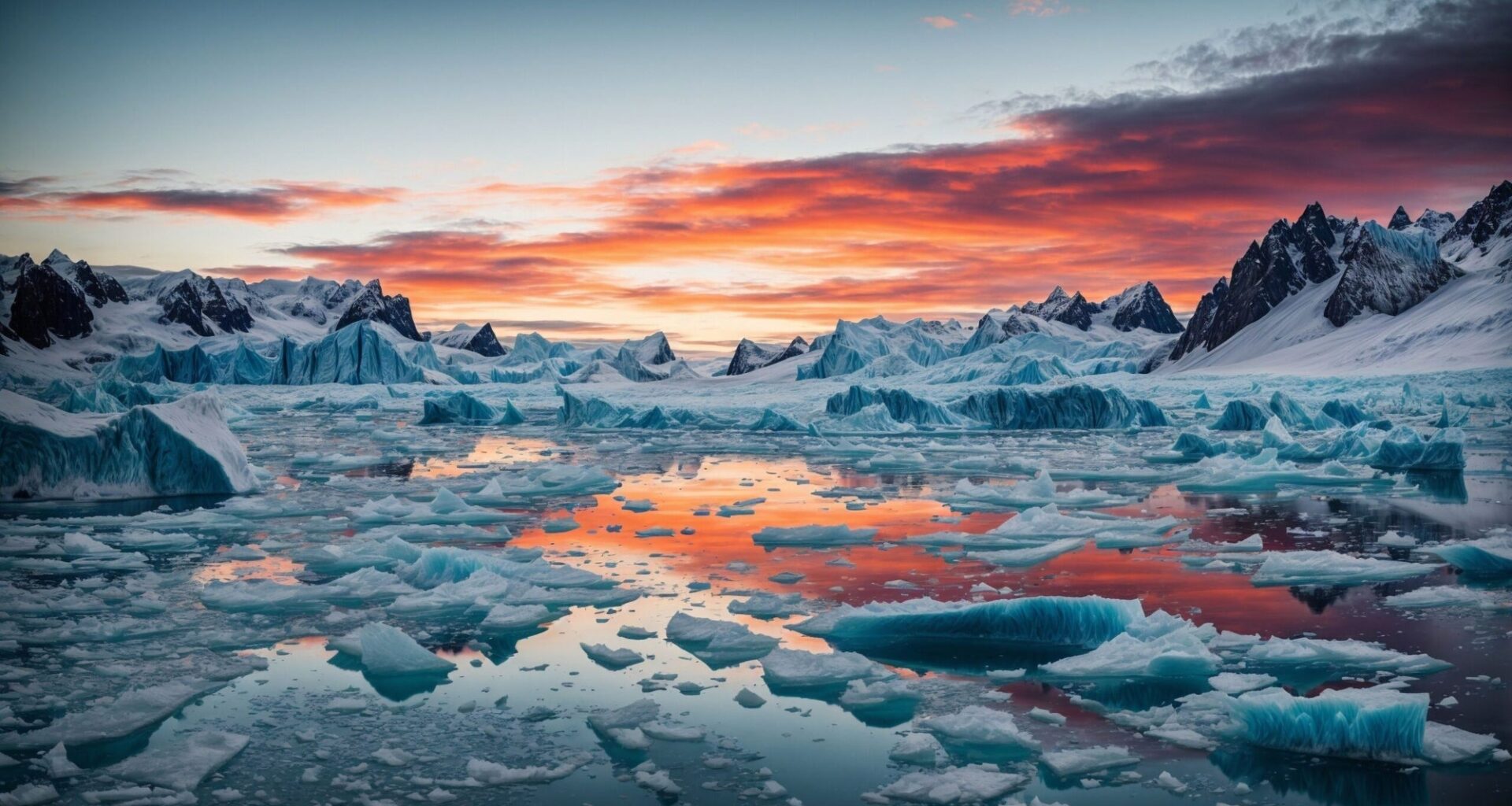When the planet was heating up at the end of the last Ice Age, ice-melt flooded out by glaciers made oceans rise. Scientists for decades believed that most meltwater had originated from Antarctica. Now, with research headed by Tulane University researchers, the story is changing.
In a new study, scientists reveal the majority of global sea-level rise between 9,000 and 7,000 years ago resulted from the melting of ice sheets in North America, not Antarctica.
Unsealing Secrets in Ancient Marshes
It is not easy to reconstruct ancient sea levels. Histories are fragmented, and they rely a lot on offshore drilling or loosely defined sediment cores. All that was turned on its head when Tulane geologist Lael Vetter found deeply buried marsh sediments from the past off New Orleans. The layers of peat, radiocarbon dated, allowed scientists to chart sea-level change for over 10,000 years.
Mississippi Delta early Holocene RSL record. (CREDIT: Nature Geoscience)
From such findings, an ex-Tulane Ph.D. student Udita Mukherjee built a Mississippi Delta high-resolution record of sea level and matched it with the ones for Europe and Southeast Asia. Results from across the world showed an unmistakable trend: the pace of sea-level increase was different in every location, meaning the Northern Hemisphere had the most significant contribution towards the meltwater.
This study reminded us soberly of the intricacies of our climate system and ice melting,” Mukherjee, now a postdoctoral fellow at the University of Hong Kong, said. “Adopting a truly global approach to studying climate can allow us to push our understanding further and work towards a sustainable future together.”
Modeling the Meltdown
In order to figure out which ice sheets raised seas the most, scientists employed computer simulations that model how Earth’s crust reacts as ice melts in a process known as glacial isostatic adjustment. Scientists compared their simulated output with measurements and ran thousands of potential ice melt scenarios.
The most favorable conditions to have existed were proposed by North American ice sheets and included contributing approximately 14 meters—about 46 feet—of sea level rise between 9,000 and 7,000 years ago. This was four to ten meters more than earlier estimates and at least three times greater than previously published from Antarctica for the same time period.
Comparison of early Holocene RSL records. (CREDIT: Nature Geoscience)
“This requires a radical reworking of the history of ice melting during this critical period,” said Tulane University Professor Torbjörn Törnqvist, co-author of the study. “The amount of freshwater that entered the North Atlantic Ocean was much larger than previously believed, with a variety of implications.”
Rethinking the Past to Understand the Future
That massive removal of North American freshwater would have entered the North Atlantic and potentially disrupted a healthy ocean current regime known as the Atlantic Meridional Overturning Circulation, or AMOC. It transports heat from the equator to high latitudes and keeps areas like northwest Europe warmer than they’d be otherwise.
Scientists have long linked sudden episodes of cooling, like the one that took place around 8,200 years ago, to disruptions to this flow. The new evidence suggests that the North American ice sheets were accountable for most of the freshwater release that initiated those climatic shocks.
“The North Atlantic is one of the most sensitive parts of the world’s climate system,” Törnqvist said. “Clearly, we still don’t have a complete understanding of what controls that critical part of the climate system.”
Cross section with 14 cores used for the new relative sea-level record from the eastern Mississippi Delta. (CREDIT: Nature Geoscience)
Contrarily, with the enormous freshwater resource, the ancient ocean circulation was more powerful than today’s studies reveal. That power is in contrast to today’s alarm that the same entity’s Gulf Stream could decrease or fail within a couple of decades as a result of continued melting in Greenland.
Adjusting Ice Histories and Climate Models
The researchers laboriously computed 1,764 distinct combinations of Earth and ice models to confirm their results with different assumptions. With all caveats, nearly all the best-fit models concluded the same thing: North American ice sheets controlled sea level rise during the final stage of deglaciation.
The accurate and locally calibrated Mississippi Delta record supports that finding and establishes a new benchmark for building more accurate global deglacial models. That would imply that researchers may need to rebuild current reconstructions of how the world emerged from the last Ice Age.
It also provides a more refined chronology for the critical geologic events, such as the integration of the Hudson Bay ice saddle—a ice connection that formerly joined two gargantuan domes of the Laurentide Ice Sheet. Its extinction in the study corresponds with documentation of gigantic meltwater pulses that reiterate the climate balance in the North Atlantic.
Comparison of observed and modelled rates of RSL change between 9 and 7 ka. (CREDIT: Nature Geoscience) Practical Implications of the Research
Knowing how Earth’s ice sheets reacted to previous warming allows scientists to better forecast what will occur as the climate continues to warm now. The new research finds that ice systems in the North are melting more quickly and adding more to increasing sea levels than scientists thought.
If Greenland proceeds along the same path with further warming, its global ocean circulation and weather patterns across the globe could be substantial. A weaker AMOC would lead to colder, stormier winters in Europe and changed tropical precipitation patterns.
By delineating specificity regarding which ice sheets drove past sea-level rise, the study offers better methods of projecting the extent and implications of future melting.
It also emphasizes the importance of obtaining high-quality geological evidence throughout the world so that models that underlie coastal development, climate policy, and flood protection can be made more accurate.
Related Stories
